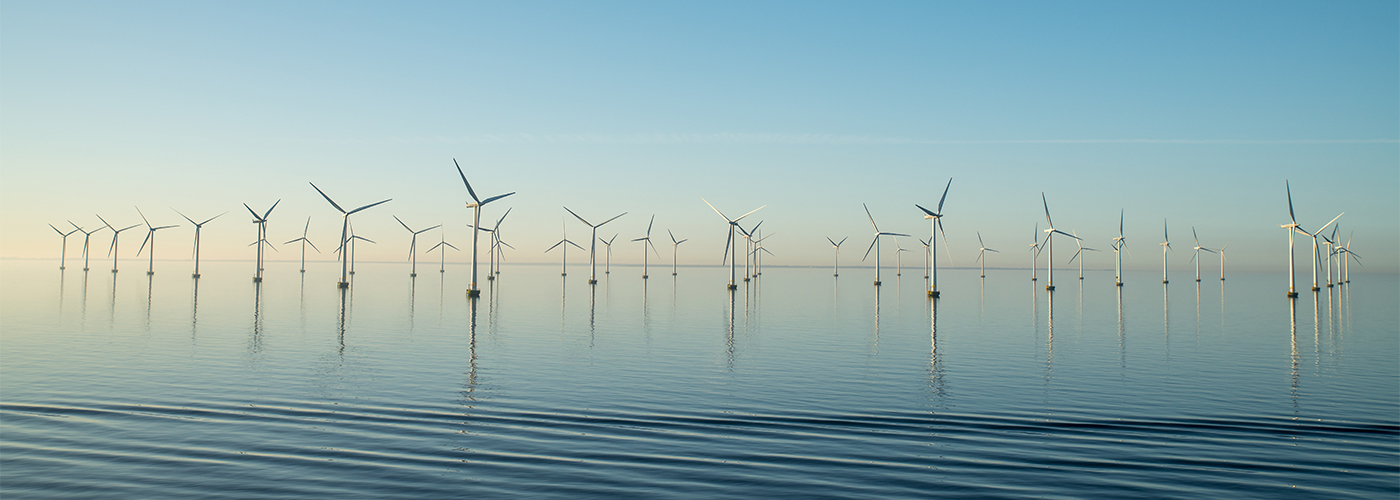New Ways to Get Electricity

Electric car use will substantially improve the air quality in cities. For this to apply beyond cities, coal-fired power plants should not be heavily involved in the production of the electricity required for electric car batteries. Experts are earnestly seeking new sustainable sources to supplement hydro, solar and wind power plants. What are their latest ideas?
6. 8. 2019 Škoda World Innovation & technologyMedia Box
3 images
Show more
Show less























